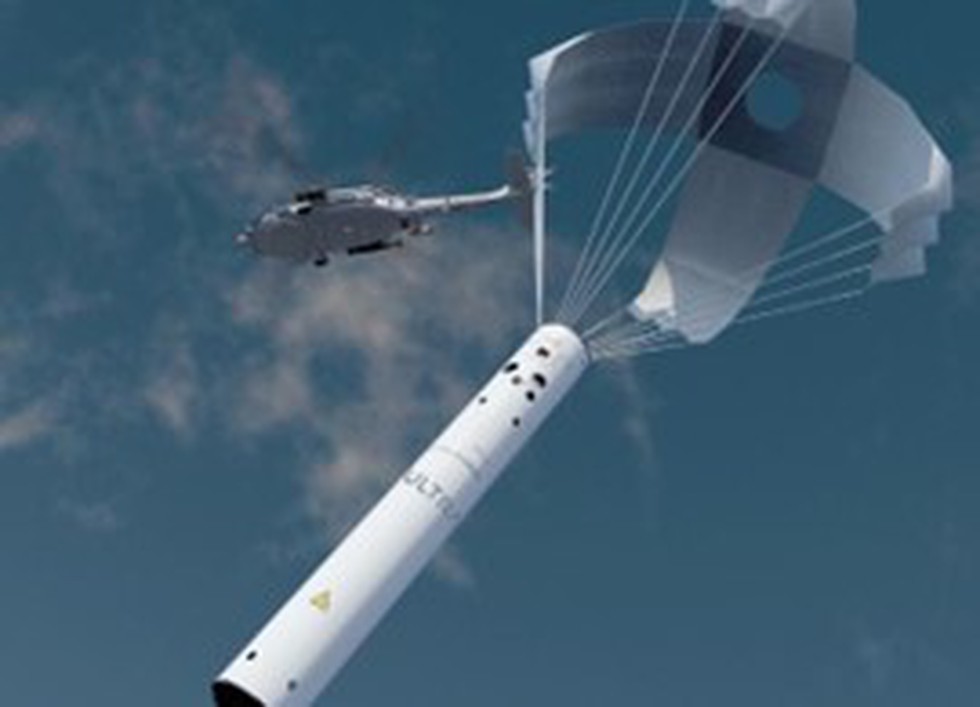About Sonobuoys:
- Sonobuoys are small, expendable devices used in underwater acoustics and sonar systems to detect and analyze sound in the ocean, particularly for tracking submarines and other underwater objects.
- Deployment:
- Sonobuoys are deployed by dropping them into the ocean from aircraft or launching them from ships or submarines.
- They sink to a predetermined depth and begin listening for acoustic signals, helping pin-point potential submarine threats.
- Multiple sonobuoys can be deployed in a pattern to determine the exact location of a target.
- There are three types of sonobuoys:
- Passive Sonobuoys quietly listen for and record sounds without emitting any signals. It uses a hydrophone to listen for sound energy from a target.
- Active Sonobuoys emit a sound pulse and analyze the return signals (echoes) to detect and locate targets. It uses a transducer to send an acoustic signal.
- Special Purpose buoys provide information about the environment, such as water temperature, ambient noise level, etc.
- Components: A typical sonobuoy consists of a cylindrical or spherical buoyant housing, sensors for detecting acoustic signals, a battery or power source, and a radio transmitter or other communication system to relay data to the host platform (e.g., aircraft or ship).
- Other Applications: In addition to anti-submarine warfare, they are used for scientific research and environmental studies, including studying the behavior of whales and other marine creatures.
Key Facts about MQ-9B Sea Guardian:
- It is a variant of the MQ-9 "Reaper", an unmanned aerial vehicle (UAV)capable of remotely controlled or autonomous flight operations.
- These are high-altitude long-endurance drones armed with strike missiles which can take out enemy targets with high accuracy.
- It was developed by General Atomics Aeronautical Systems (GA-ASI), primarily for the US Military.
- The Indian Navy has been operating the MQ-9B Sea Guardian since 2020.
- Features:
- It can carry up to 5,670 kg and has a fuel capacity of 2,721 kg.
- The drone can operate at over 40,000 feet.
- The Predator also has a maximum endurance of 40 hours, making it useful for long-hour surveillance.
- It is also capable of automatic take-offs and landings.
- It can safely integrate into civil airspace, enabling joint forces and civil authorities to deliver real-time situational awareness anywhere in the maritime domain -- day or night.
